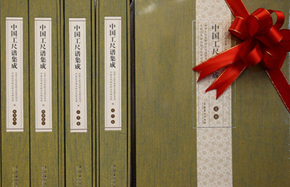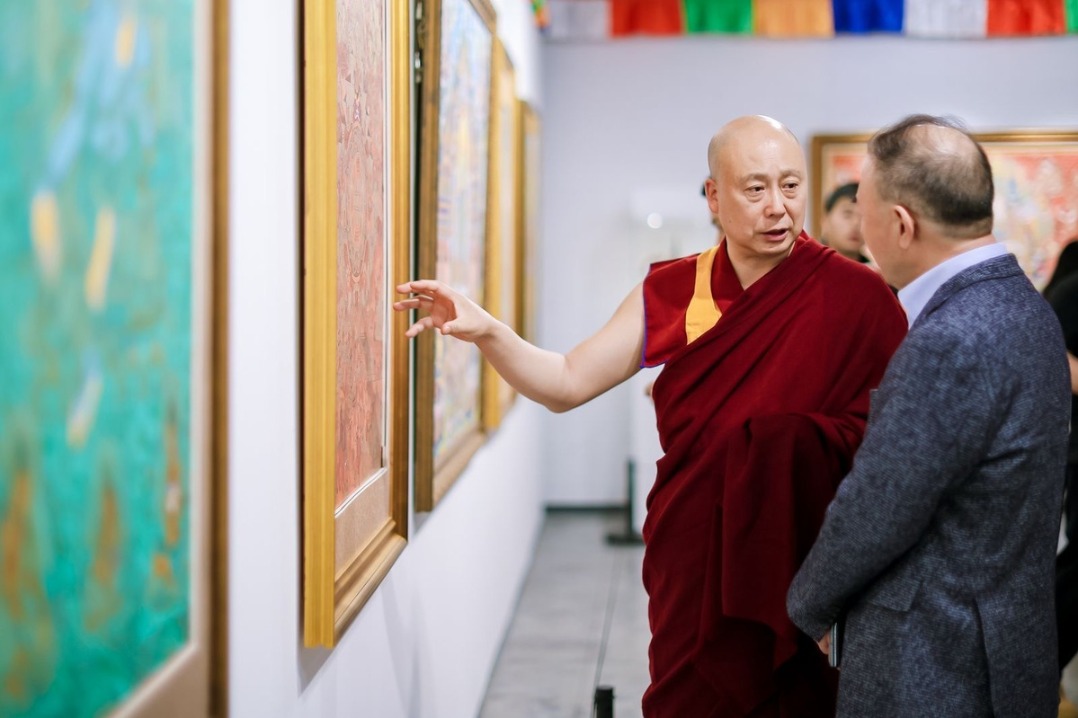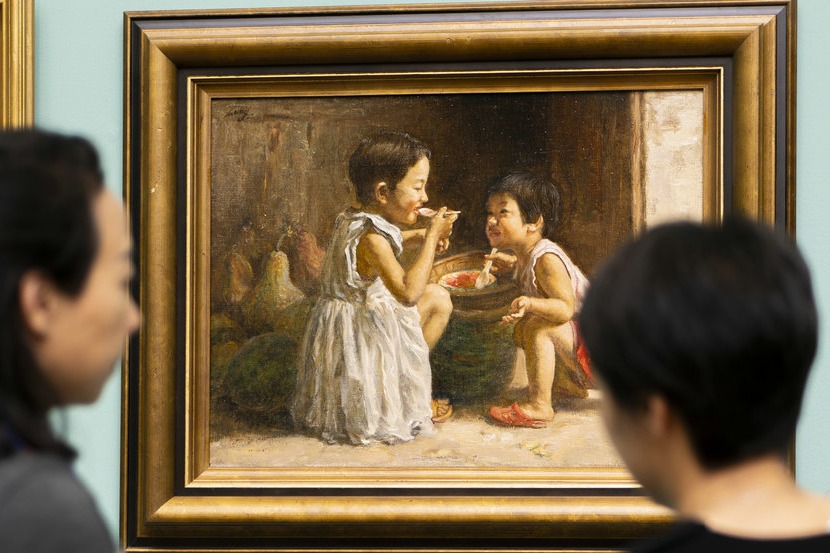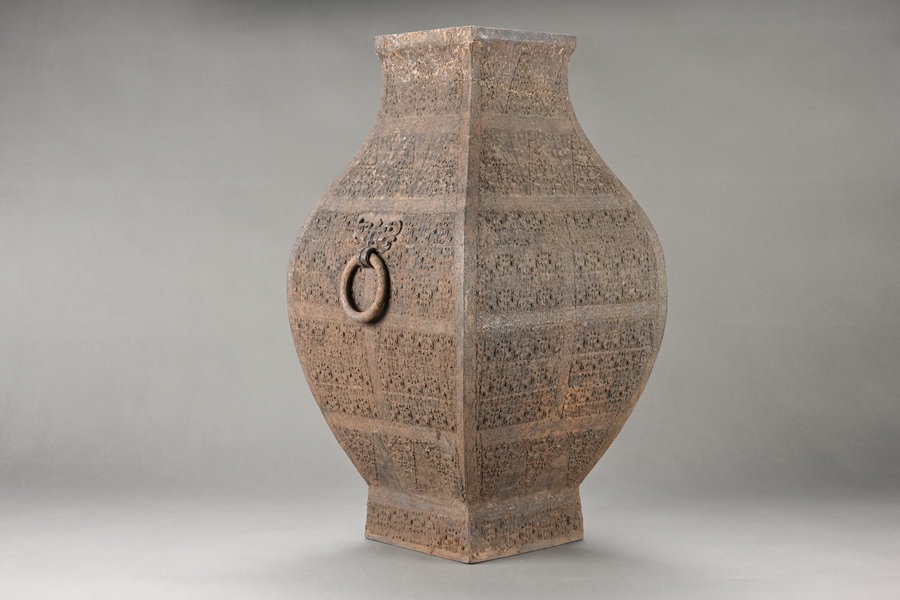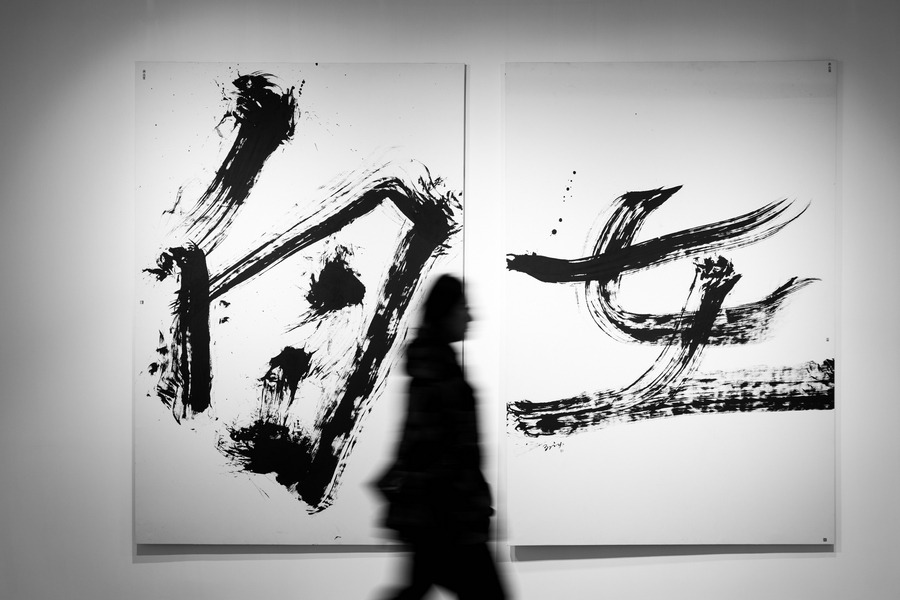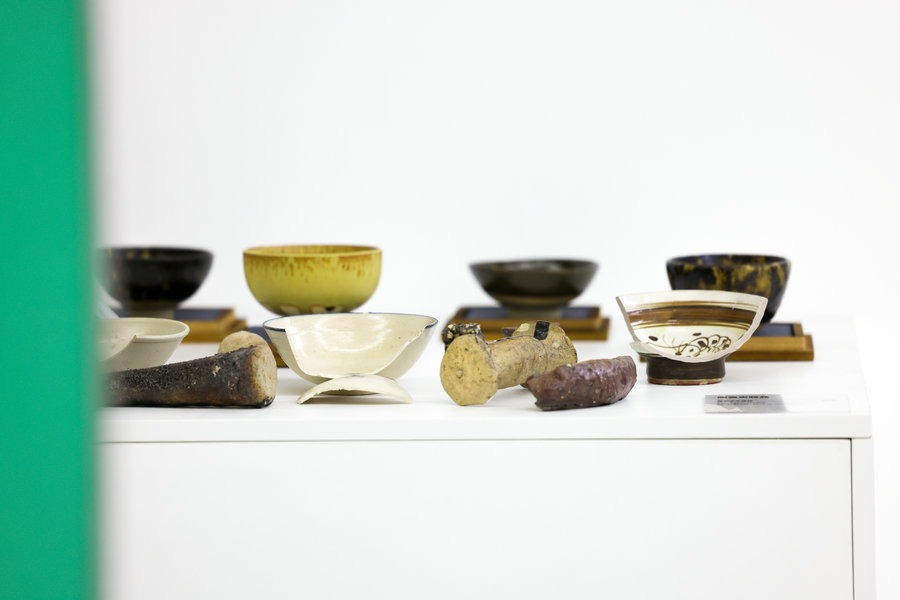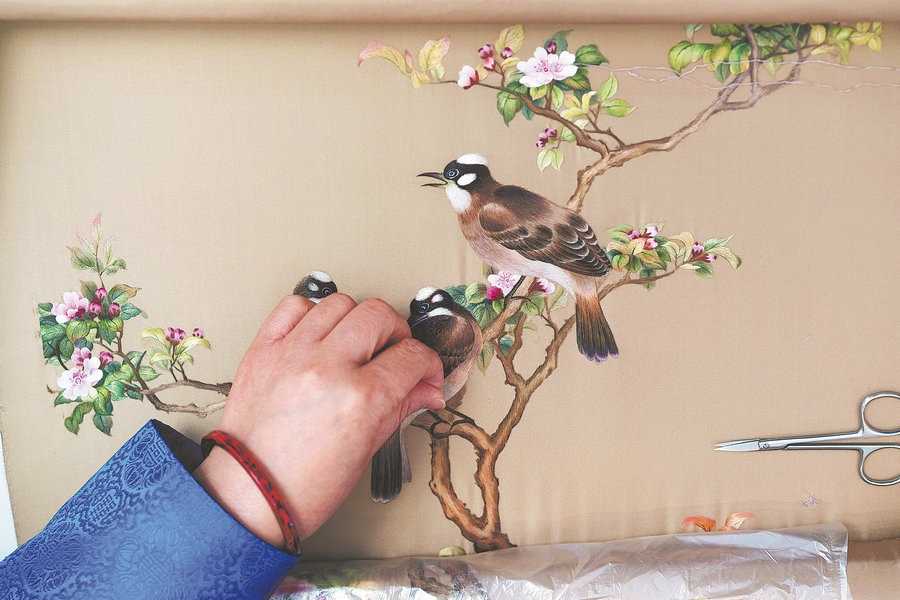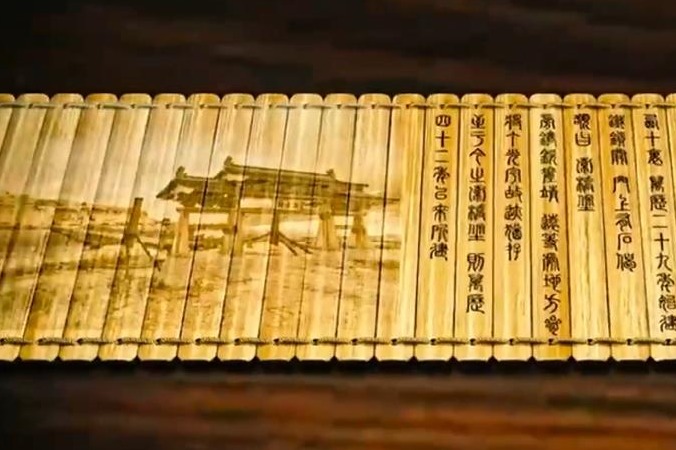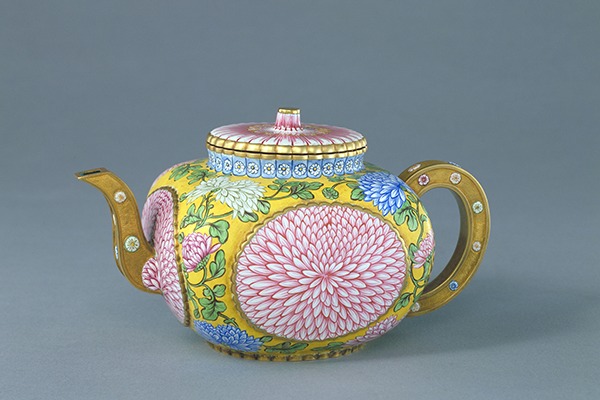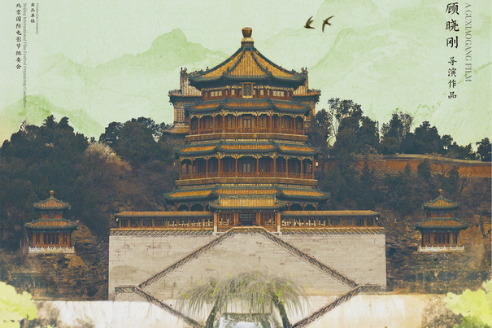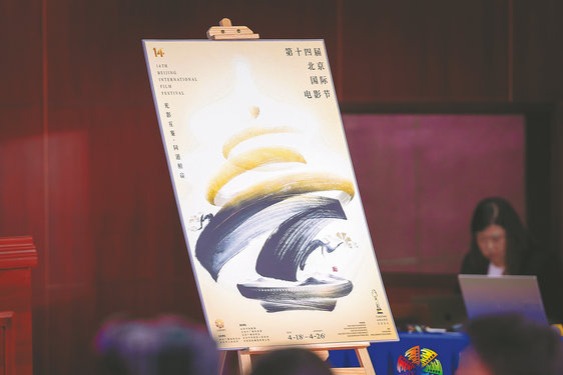New book series focuses on ancient Chinese music notation system

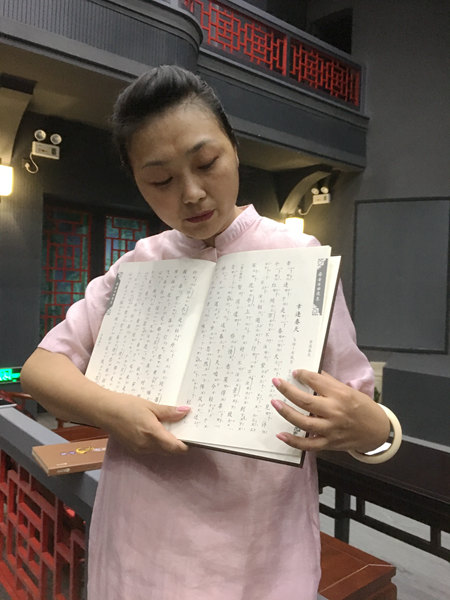 |
| A musician shows off a book of musical scores of Nanyin, a traditional music genre that still uses the gongchepu method. WANG KAIHAO/CHINA DAILY |
Guido of Arezzo, a music theorist in medieval Italy, devised the music notation system, which laid the foundation of Western music. And half way around the world in China, musicians also recorded their music in their own system, called gongchepu, dating to the Tang Dynasty (618-907).
By using 10 Chinese characters to represent musical notes, similar to do-re-mi, gongchepu was widely used to record music, such as songs of traditional Chinese operas.
On Sept 5, a series of books, called the China Gongchepu Collection, which documents old songs recorded in the old Chinese music system, was published by the Art and Culture Publishing House, the Ministry of Culture says.
The series, edited by the Music Institute of the Chinese National Academy of Arts, comprises 10 books based on different regions, including Beijing and Hebei, Shaanxi and Jiangsu provinces.
According to Ming Wenjun, deputy director of the arts department at the Ministry of Culture, the project to publish the series was launched in 2010.
Before the China Gongchepu Collection, the Ministry of Culture initiated two publishing projects about ancient Chinese music - one on traditional Chinese music instruments and the other on music scores of guqin (a Chinese seven-stringed zither).
 |
| [Photo provided to China Daily] |
Zhang Zhentao, editor-in-chief of China Gongchepu Collection, who is also a music researcher with the Chinese National Academy of Arts, says: "The scores of some traditional Chinese operas, such as Kunqu Opera and Nanyin, a traditional music genre in Quanzhou, Fujian province, are still documented using the gongchepu method.
"If we don't publish these books, the system of gongchepu could soon die since it is not widely used by contemporary musicians."
Zhang says that the earliest gongchepu they found was in Gansu province's Mogao Caves, which was dated to the year of 634 of the Tang Dynasty.
The 10 books, which have scores from temples and museums, also received help from ordinary people.
For example, a book of gongchepu scores was found with a farmer's family in Hebei province.
"The cover of the book was missing but we were surprised to see that the scores were recorded throughout the Qing Dynasty (1644-1911). From the different years mentioned we could see that the book had been passed down the generations, which is priceless," says Zhang.
"Music has always been an important part of culture in China, from traditional Chinese operas to folk music, which was popular during festivals and religious rituals," says Zhang.
The China Gongchepu Collection project is still on, he says, and more books will be published.


